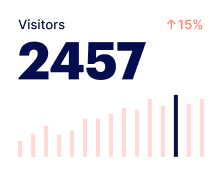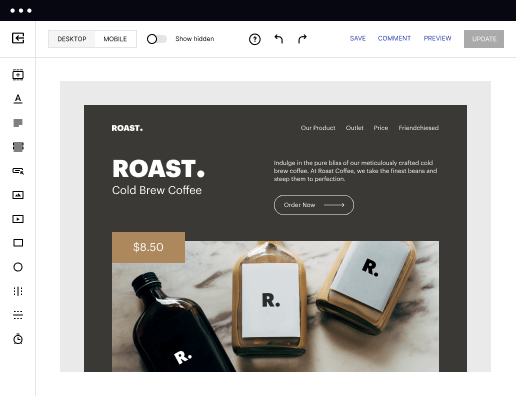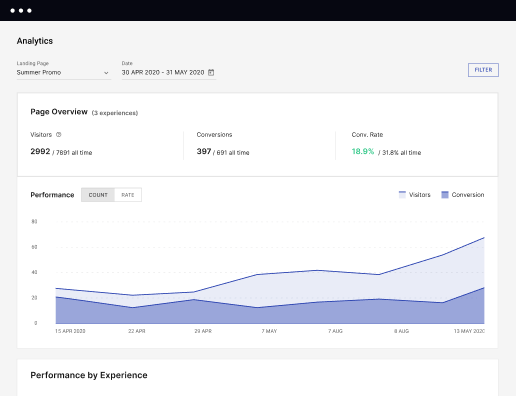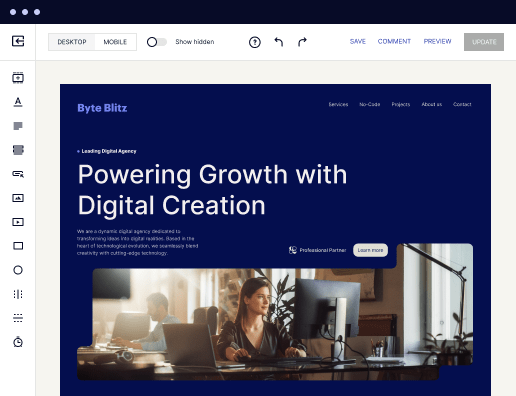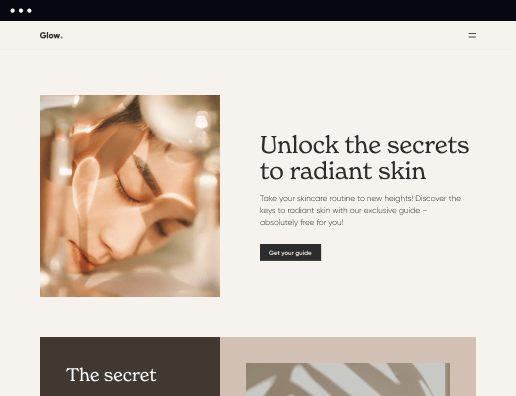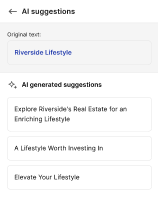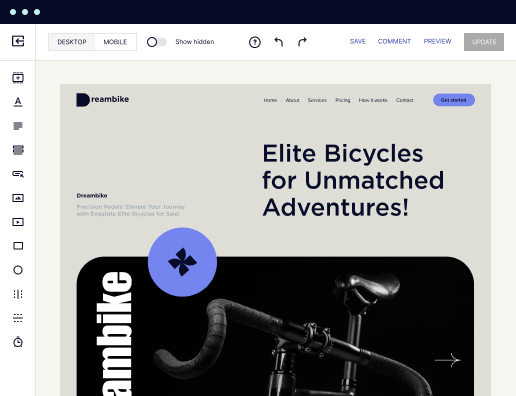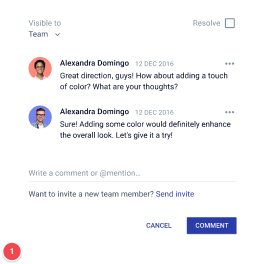Make your HTML page with dynamic content display: Streamline your processes
Create your HTML page with dynamic content display and effortlessly optimize your web pages for diverse ads and audiences. Transform visitors into leads and sales while bolstering brand trust and nurturing customer loyalty.
Html dynamic content: Your ultimate how-to guide
Creating effective landing pages with dynamic content display is crucial for marketers aiming to optimize conversions. Instapage offers a robust platform that simplifies this process, providing users with customizable templates that cater to diverse audiences. By leveraging Instapage’s capabilities, businesses in sectors like marketing and advertising, tech, education, and more can enhance their online presence and achieve a competitive edge.
Understanding dynamic content display
Dynamic content display involves tailoring landing pages to showcase relevant content based on user data, preferences, and behavior. This not only improves user engagement but also increases brand loyalty and trust. For example, using Instapage, marketers can personalize experiences through dynamic text replacement and AdMaps, ensuring that messages resonate with specific audience segments.
- Flexibility: Instapage provides over 100 customizable layouts, allowing marketers to create pages without any coding or developer assistance.
- Real-time collaboration: Teams can provide instant feedback and make real-time edits, streamlining the production process.
- Analytics and insights: Built-in analytics tools offer valuable insights that help marketers adjust strategies effectively.
Step 1: Setting up your landing page
Begin by selecting a template that aligns with your campaign goals. Instapage's extensive library allows you to filter by industry or purpose. Choose a design that suits your target audience and reflects your brand identity.
Step 2: Customizing content for dynamic display
Once your template is chosen, start customizing the content. Utilize dynamic text replacement to tailor messages for different audiences. For instance, you can change headlines or CTAs based on user locations or past interactions.
- Utilize Instablocks for reusable sections in your pages, ensuring consistency across campaigns.
- Implement A/B testing to compare effectiveness of different dynamic content displays and refine strategies accordingly.
- Leverage heatmaps to understand user interactions and make informed adjustments to improve engagement.
Step 3: Publishing and optimizing
After finalizing your dynamic content, publish the landing page and monitor its performance closely. Use Instapage's analytics dashboard to track conversions and user behavior. Optimize based on the insights gathered to continually enhance page effectiveness.
- Regularly update content to keep it relevant and engaging for returning visitors.
- Use feedback from A/B tests to make data-driven decisions for future campaigns.
- Ensure that each page is optimized for mobile users, as a significant portion of traffic comes from mobile devices.
By following these steps and utilizing Instapage’s advanced features, marketers can effectively create landing pages that enhance user experience and drive higher conversion rates.
Ready to start building your dynamic landing pages? Sign up for Instapage today and take your marketing campaigns to the next level!
Get more out of Make your HTML page with dynamic content display
Improve your Quality Score with quick load technology for landing pages
Increase conversions with content that aligns with your ads and audiences
Achieve maximum ROI by scaling your marketing initiatives
Leading the way in building high-performing landing pages





Frequently asked questions about how to display dynamic content on html page
See dynamic page content feature in action
Ready to skyrocket conversions?
Supercharge your ad campaigns with high-performing landing pages.
Get started
